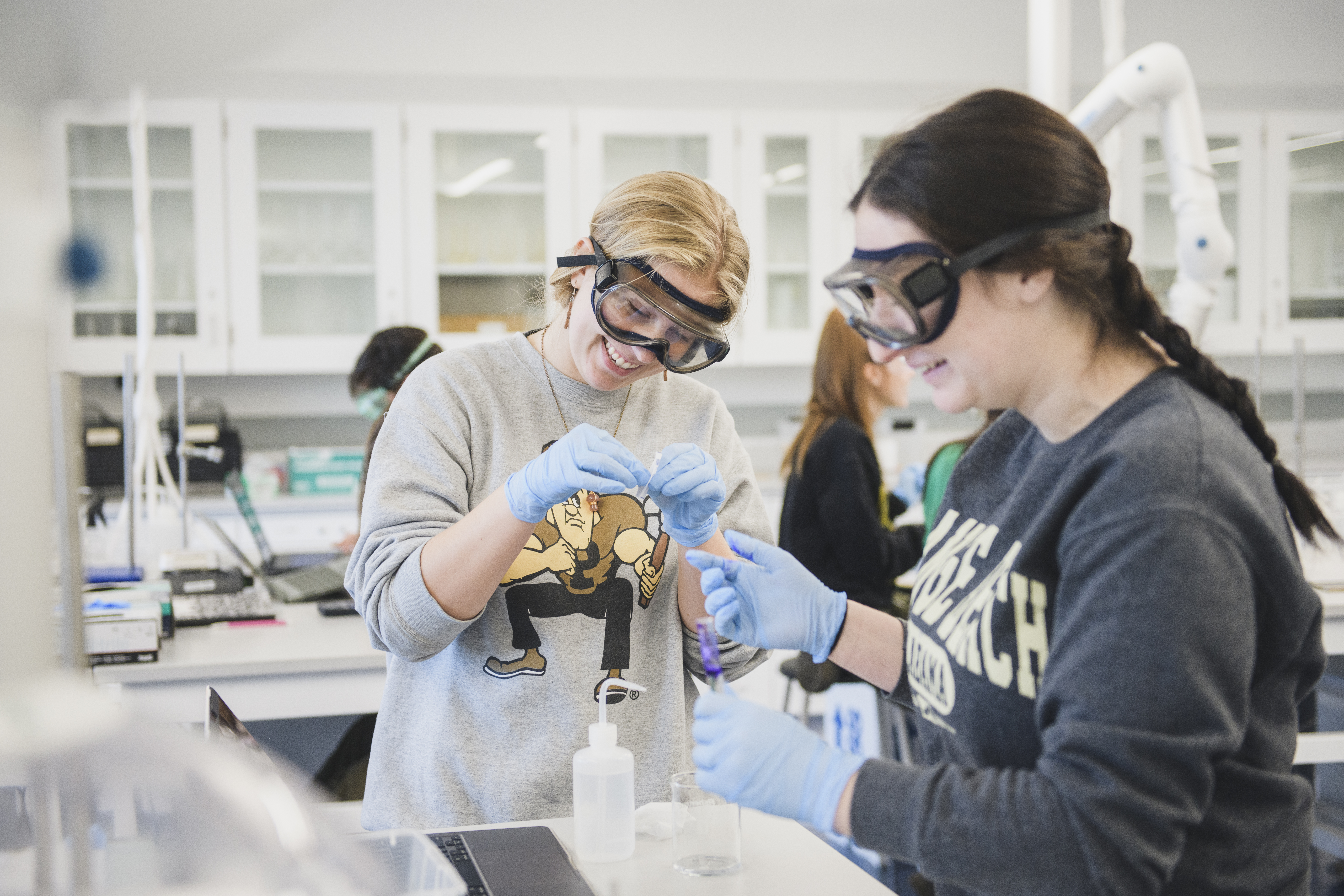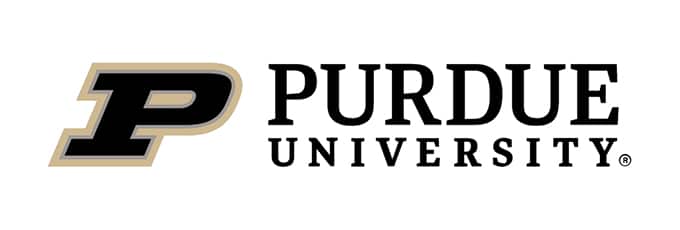Engineers aiming to make a real impact need more than theory. Passion and knowledge matter, but practical skills are now essential to tackle today’s biggest challenges. This is why environmental engineers from Purdue University’s College of Engineering, specifically, are in high demand.
Their technical training and deep knowledge of sustainability principles have fueled their progression across industries — think consulting firms, software development companies, entertainment-focused businesses, and even hospitality giants. The Environmental and Ecological Engineering (EEE) graduate programme got them to where they are today.
Ranked #9 best in the nation, the programme goes beyond the traditional confines of the discipline. Future engineers on this route learn to consider not just the technical aspects of a solution, but also its environmental and ecological impact. And since complex challenges require interdisciplinary solutions, learners have unlimited access to 21 faculty jointly appointed in EEE and seven other schools/departments across Purdue University — Agricultural and Biological Engineering, Agronomy, Civil Engineering, Forestry and Natural Resources, Industrial Engineering, Materials Engineering, and Mechanical Engineering. The fact that the programme only admits 25 students a year further ensures questions never go unanswered.

The EEE programme equips students with the technical depth, design experience, and professional skills coveted by leading companies. Source: Purdue University
Well-rounded learning at its finest
Guidance is especially crucial in programmes this flexible. EEE students are welcome to customise their course plans to focus on specific gaps in their training or knowledge. They can then opt to specialise based on their strengths and interests.
“The programme allowed me to pick courses from EEE and other engineering branches such as civil, chemical and material science engineering,” explains student Karan Kochhar. “This ensured that I gained knowledge of various domains and grappled with a huge plethora of information.”
However, since theory is nothing without practice, EEE students partake in several projects, courses and workshops that offer plenty of industry practice. Independent study, known as the EEE 598 course, is a common way students earn credit. Other practical opportunities on campus include student-led projects and government competitions, or experiential courses in data science, semiconductor manufacturing, industrial sustainability and more. Those who prefer going solo can pair up with a professor for a study project instead.
“The opportunity to work as a lab assistant allowed me to gain valuable hands-on experience in my field,” says Lamia Farooz, a student. “The balance between theoretical learning and practical application in the EEE programme is well-managed and being able to work as an intern in a research lab helped this balance in my learning.”
Industry-level training is further encouraged through authentic internships, research projects and team design work to deepen students’ understanding and technical acumen. Of course, this also provides additional perspective; they will get a better idea of how people might react to their engineering designs or proposed solutions — something most classroom lectures cannot recreate.
“I have graduated from the programme with a much better idea of what my role can be in solving local environmental challenges,” says student Adam Spieth. “Although I am not going to work for a large manufacturer, I realise how my work as a consultant can impact my client’s decision-making toward more sustainable designs and processes.”

Source: Purdue University – Environmental, Ecological Engineering
Outstanding outcomes all around
The EEE programme boasts a 100% internship or independent project completion rate. Students have been successful in scoring professional internships, while those keener on developing their practical skills in other ways have done so with a campus internship or a project-based course. Purdue provides additional resources to keep this streak going – the EEE programme hosts student seminars, group projects, career workshops, and an annual EEE-specific job fair run by Director of Industrial Experience, Margaret Whelton.
“The university and the department have provided ample opportunities to get into the industry by hosting multiple career fairs throughout the year,” confirms Kochhar. “Even on an individual level, I have gotten guidance from different professors and experienced students about internship and job opportunities. The university does a good job of connecting the current students with alumni.”
This focus on employability and career readiness explains why recent EEE graduates have gone on to work for esteemed organisations like Amazon, Microsoft, Disney, Carhartt, Ford Automotive and Tesla, as well as some of the nation’s best environmental research and consulting firms.
Follow Environmental and Ecological Engineering at Purdue University on Facebook, X, Instagram, LinkedIn, and YouTube.













